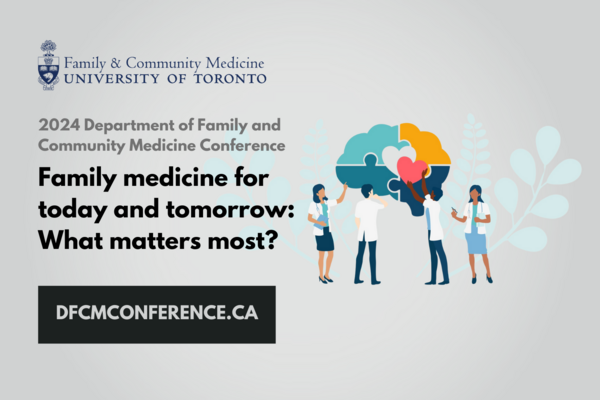Palliative Care for Patients Living with Advanced Heart Failure

 Heart failure patients are not receiving palliative care at the onset of their disease and, in a new study, researchers are asking why.
Heart failure patients are not receiving palliative care at the onset of their disease and, in a new study, researchers are asking why.
“Our field has strong evidence supporting early palliative care involvement for patients living with advanced cancer but we need more research investigating if such benefits exist for other vulnerable populations,” says Dr. Warren Harris Lewin, a Clinician Teacher at the University of Toronto Department of Family and Community Medicine (DFCM) who took part in the collaborative study. “Many people don’t think of heart failure as a terminal illness, but it is. We know that patients suffer equally, if not more, than those living with cancer from burdensome symptoms leading to poor quality of life. Often times, these symptoms are not being addressed or are approached only at the end of life.”
Heart failure affects approximately 600,000 Canadians and is one of the leading causes of hospitalizations. It is a chronic, incurable, and terminal illness in which the chambers of the heart muscles stretch and weaken which leads to shortness of breath, pain, depression, insomnia and fatigue. Patients’ symptoms often worsen suddenly which forces them to rely on the emergency department. Recurring hospitalization is costly for hospitals and the Canadian healthcare system as a whole.
Dr. Lewin and a team of researchers led by Dr. Nina Horvath at North York General Hospital’s (NYGH) Freeman Centre for the Advancement of Palliative Care created an innovative model of care that embedded a palliative care team into the hospital’s existing heart failure team. The team provided specialist palliative care assistance to inpatient, outpatient, and homebound patients either directly or through partnerships with community family physicians and nurse practitioners.
Using evidence-based referral criteria, patients were systematically identified based on need, not prognosis, and followed longitudinally in multiple care settings, which ensured a less fragmented way in administering care. In this pilot study, the team was interested in learning how this model of care could impact advance care planning, acute care utilization, and satisfaction with the care received. Findings were compared to patients who received routine heart failure care. Researchers observed a significant increase in both the discussion and documentation of care goals and advance care planning conversations with heart failure patients receiving concomitant palliative care.
“We saw a trend towards decreased acute care utilization at the end of life for patients who received concomitant palliative care and this may have been correlated with earlier planning discussions. We believe these patients had the opportunity to enrich their understanding of heart failure, cultivate deeper prognostic awareness, and address their hopes and worries, which likely helped them to think about what types of care would be acceptable to them as their illness progressed into its final stages.”
While the integration of the palliative care model was well-received among advanced heart failure patients and their families, the study still observed a high mortality rate among the intervention group as opposed to the control group which received no palliative care at all. Dr. Lewin believes that, perhaps, cardiologists referred more to his team when they felt confident that a patient was close to the end of life. He says these results may be related to a common misunderstanding of palliative care only being offered at the end of life but he acknowledges a positive shift in thinking about earlier palliative care integration. Notably, he states, referral patterns increased dramatically as cardiac and family physician teams moved away from saying, ‘is this patient at end of life’ to ‘would this patient’s suffering benefit from the added support that palliative care can provide’.
The benefits of early intervention in palliative care is well documented says Dr. Lewin. When a team is involved early, patients often report a better quality of life and often avoid unnecessary hospitalization at end of life. In his own experience, Dr. Lewin worked at a hospital in New York that had a similar program for heart transplant patients. Patients waiting for a heart experienced an enhancement in their quality of care when receiving palliative care.
“Given the palliative workforce shortage, the key now is to define primary versus specialty-level palliative care. Not all patients need specialists involved in their care but they need to have clinicians equipped to reduce their suffering at all stages of their illness. Building on the findings of this study, our future work will focus on developing a primary palliative care toolkit enabling family physicians to provide basic palliative care for an ageing population.”
Related Items
News



